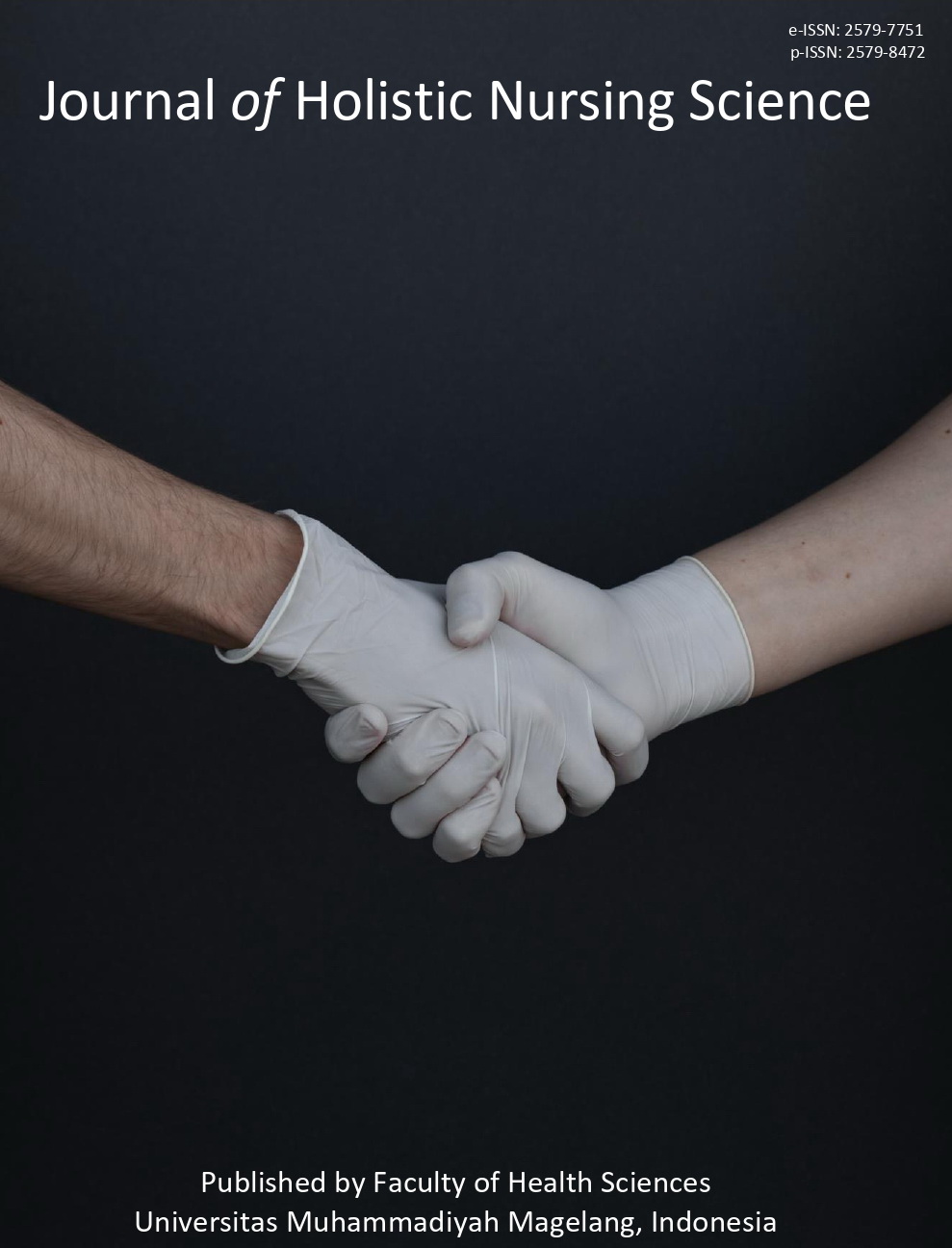EFEKTIVITAS AKUPRESUR DAN HIPNOTERAPI DALAM MENGATASI DISMENORE PADA REMAJA PUTRI DI SMK MUHAMMADIYAH SALAMAN
Main Article Content
Abstract
Background: Dysmenorrhea is a phenomenon that often occurs in young girls when menstruation. Non pharmacological therapies that are usedninclude acupressure and hypnotherapy techniques. Objective: To determine differences acupressure techniques and techniques hipnoerapi in dysmenorrhea in adolescent in SMK Muhammadiyah Salaman. Methods: The study is a Rancanga quasy Experiment with the design of the study two group pre post test design, which consists of two intervention groups, one group was given acupressure intervention and the intervention group was given hypnotherapy. Results: The results of acupressure group Wilcoxon test showed that the value of p = 0.000 (p <0.05) and in the hypnotherapy group showed that the value of p = 0.000 (p <0.05), so disimpulakan H0 rejected and Ha is accepted that there is a difference significant between before and after the act of acupressure and hypnotherapy. The second difference is marked by the results rereta techniques decrease in pain in the acupressure group mean value is $ 1.47 less than the decrease in pain in the hypnotherapy group mean value is 2.42 with a significant p value = 0.014 (p <0.05). Conclusion: Hypnotherapy techniques are more effective compared with acupressure technique in dysmenorrhea. Suggestion: With the results of this study are expected adolescent girl can do acupressure techniques and hypnotherapy in dysmenorrhea
Downloads
Article Details
Authors who publish their articles in JHNS retain full copyright of their work. JHNS does not require authors to transfer their copyright to the journal or Universitas Muhammadiyah Magelang as the publisher. The authors grant JHNS a license for the first publication.
